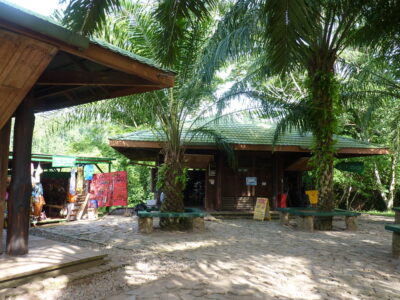Jessie Daniels at contech (one of Contexts Magazine’s blogs) discusses the spread of “digital scholarship” and what its rising prominence might mean for current systems of granting tenure. Specifically, to what extent are tenure decisions based on a scholar’s “impact” on their field, and how might this be measured in digital terms?
[E]ven as scholars like Brogman and Spiro challenge us to reconceptualize what counts as scholarship, there seems to be few tenure and promotion committees that sorted out how to award credit to authors for digital work. One of the traditional measures of scholarship for tenure and promotion committees is publication in peer-reviewed journals, and specifically looking at the “impact factor” of the journal. The impact factor is just a way of measuring the visibility that a particular journal has in the field. But, if you take a look at some of the academic blogs that scholars in a number of fields maintain, there’s certainly an impact from those that can be measured and is quantifiable. Take a hypothetical example of a scholar who maintains an academic blog that gets 50,000 readers per month, or creates a video that goes viral and generates upwards of 7 million hits. That hypothetical scholar has also published some in peer-reviewed journals that have less than 1,000 subscribers. Our hypothetical scholar may be much more “visible” as an expert in their field from their blog, their viral video, or other digital projects than from their peer-reviewed publications. Indeed, if what tenure and promotion committees are tasked with evaluating is how well a particular scholar has established a national reputation in their chosen field (and thus, how well they represent the college or university), these committees need to start taking into consideration a scholar’s public presence on the web first and then consider their peer-reviewed publishing as an ancillary or secondary form of evaluation.
Read the full piece here. Also, check out a previous discussion of how The Immanent Frame is navigating this new terrain, by encouraging academic-style citation of our contributors’ posts.













